When it comes to protecting your mattress, choosing the right material for your mattress protector is crucial. Not only does it affect the comfort and durability of your mattress, but it also plays a significant role in keeping your bed clean and hygienic. With so many options available, it can be overwhelming to determine the best material for your mattress protector. In this guide, we will break down the top 10 materials for mattress protectors and help you choose the perfect one for your needs.What is the best material for a mattress protector?
Before we dive into the different materials, it's essential to understand what to look for when choosing a mattress protector. First and foremost, it should be waterproof to prevent any spills or accidents from seeping into your mattress. It should also be breathable to allow air to circulate and keep you cool while you sleep. Lastly, it should be hypoallergenic to protect against dust mites and other allergens.Guide to choosing the right mattress protector material
Now, let's take a look at the top 10 materials for mattress protectors: Cotton: Cotton is a popular choice for mattress protector material because it is soft, breathable, and has natural absorbent properties. It is also hypoallergenic, making it a great option for those with allergies or sensitive skin. However, it is not entirely waterproof, so it may not be the best choice for those looking for maximum protection. Bamboo: Bamboo is a newer material used in mattress protectors, and it has gained popularity due to its eco-friendly and sustainable nature. It is also hypoallergenic, breathable, and has moisture-wicking properties, making it an excellent choice for hot sleepers. However, like cotton, it may not be completely waterproof. Polyester: Polyester is a synthetic material that is often used in mattress protectors due to its affordable price. It is also waterproof and resistant to stains, making it a practical option for those with children or pets. However, it may not be as breathable as natural materials and can feel less comfortable and more noisy than other options. Microfiber: Microfiber is a type of polyester that is tightly woven and has a softer feel. It is also hypoallergenic and water-resistant, making it a popular choice for mattress protectors. However, it may not be as breathable as other materials. Polyurethane: Polyurethane is a plastic-like material that is often used as a waterproof layer in mattress protectors. It is highly water-resistant and can protect against spills and stains. However, it may not be as breathable as other materials and can make a crinkly noise when moving in bed. Vinyl: Vinyl is another plastic material that is used as a waterproof layer in mattress protectors. It is highly waterproof and can protect against spills and stains. However, it is not as breathable as other materials and can make a crinkly noise when moving in bed. It is also not as eco-friendly as other options. Polyethylene: Polyethylene is a newer material used in mattress protectors, and it is gaining popularity due to its waterproof and breathable properties. It is also hypoallergenic and free of harmful chemicals, making it a safe option for all sleepers. Tencel: Tencel is a sustainable and eco-friendly material made from wood pulp. It is soft, breathable, and hypoallergenic, making it an excellent choice for a mattress protector. However, it may not be as durable as other materials and can be more expensive. Wool: Wool is a natural material that is often used in mattress protectors for its moisture-wicking and temperature-regulating properties. It is also hypoallergenic and has antibacterial properties, making it a great choice for those with allergies or sensitive skin. However, it may not be as waterproof as other materials and can be more expensive. Silk: Silk is a luxurious material that is used in some mattress protectors. It is soft, breathable, and hypoallergenic, making it a comfortable and safe option for sleepers. However, it may not be as durable as other materials and can be more expensive.Top materials for mattress protectors
As you can see, there are many different materials used in mattress protectors, and each has its own unique properties. It's essential to understand the pros and cons of each material to determine which one will best suit your needs.Understanding the different types of mattress protector materials
When choosing a mattress protector material, it ultimately comes down to personal preference and your specific needs. If you have allergies or sensitive skin, you may want to opt for a hypoallergenic material like cotton or bamboo. If you have children or pets and need maximum protection against spills and stains, a waterproof material like polyester or polyurethane may be a better choice.How to choose the perfect mattress protector material for your needs
Cotton is a natural and breathable material that is gentle on the skin and has moisture-wicking properties. It is also hypoallergenic and easy to care for, making it an excellent choice for a mattress protector. Additionally, cotton is a sustainable and eco-friendly option, making it a popular choice for environmentally-conscious consumers.The benefits of using a cotton mattress protector
Bamboo is a newer material used in mattress protectors, but it has quickly gained popularity due to its eco-friendly and sustainable nature. It is also hypoallergenic, breathable, and has moisture-wicking properties, making it a great option for hot sleepers. Additionally, bamboo is known for its soft and silky feel, making it a comfortable choice for a mattress protector.Why bamboo is a popular choice for mattress protector material
Polyester is a synthetic material commonly used in mattress protectors due to its affordability and waterproof properties. It is also resistant to stains, making it a practical choice for those with children or pets. However, it may not be as breathable as natural materials, and some sleepers may find it less comfortable and noisier than other options.The pros and cons of using a polyester mattress protector
When it comes to mattress protectors, there are both natural and synthetic materials available. Natural materials like cotton, bamboo, and wool are often preferred for their breathability, comfort, and eco-friendliness. However, synthetic materials like polyester and polyurethane offer more waterproof and stain-resistant properties. Ultimately, the choice between natural and synthetic materials will depend on your personal preferences and needs.Natural vs synthetic materials for mattress protectors
Proper care and maintenance of your mattress protector will help prolong its lifespan and effectiveness. Each material may have different care instructions, so it's essential to follow the manufacturer's recommendations. In general, most mattress protectors can be machine washed and tumble dried on low heat. However, some materials may require more delicate care, so always check the label before washing. In conclusion, choosing the right material for your mattress protector is essential for both the protection and comfort of your mattress. Consider your needs and preferences, and use this guide to help you make an informed decision. With the right material, your mattress protector will not only protect your bed but also enhance your sleep experience.How to care for and maintain your mattress protector based on its material
Mattress Protector Material Guide: Choosing the Best Material for Your Needs

Why is Choosing the Right Material for Your Mattress Protector Important?
 When it comes to protecting your mattress, the material of your mattress protector is just as important as the quality of your mattress. Not only does the material affect the comfort and feel of your bed, but it also plays a crucial role in keeping your mattress clean and safe from spills, stains, and allergens. With so many different materials to choose from, it can be overwhelming to know which one is best for you. In this guide, we will break down the most common materials used in mattress protectors and help you determine which one is the right fit for your needs.
When it comes to protecting your mattress, the material of your mattress protector is just as important as the quality of your mattress. Not only does the material affect the comfort and feel of your bed, but it also plays a crucial role in keeping your mattress clean and safe from spills, stains, and allergens. With so many different materials to choose from, it can be overwhelming to know which one is best for you. In this guide, we will break down the most common materials used in mattress protectors and help you determine which one is the right fit for your needs.
Cotton
 Cotton is a popular choice for mattress protectors due to its soft and breathable nature. It is a natural material that is hypoallergenic, making it a great option for those with sensitive skin or allergies. Cotton is also highly absorbent, making it ideal for protecting against spills and accidents. However, it is important to note that cotton can shrink and lose its shape after washing, so it is essential to follow the care instructions carefully.
Cotton is a popular choice for mattress protectors due to its soft and breathable nature. It is a natural material that is hypoallergenic, making it a great option for those with sensitive skin or allergies. Cotton is also highly absorbent, making it ideal for protecting against spills and accidents. However, it is important to note that cotton can shrink and lose its shape after washing, so it is essential to follow the care instructions carefully.
Polyester
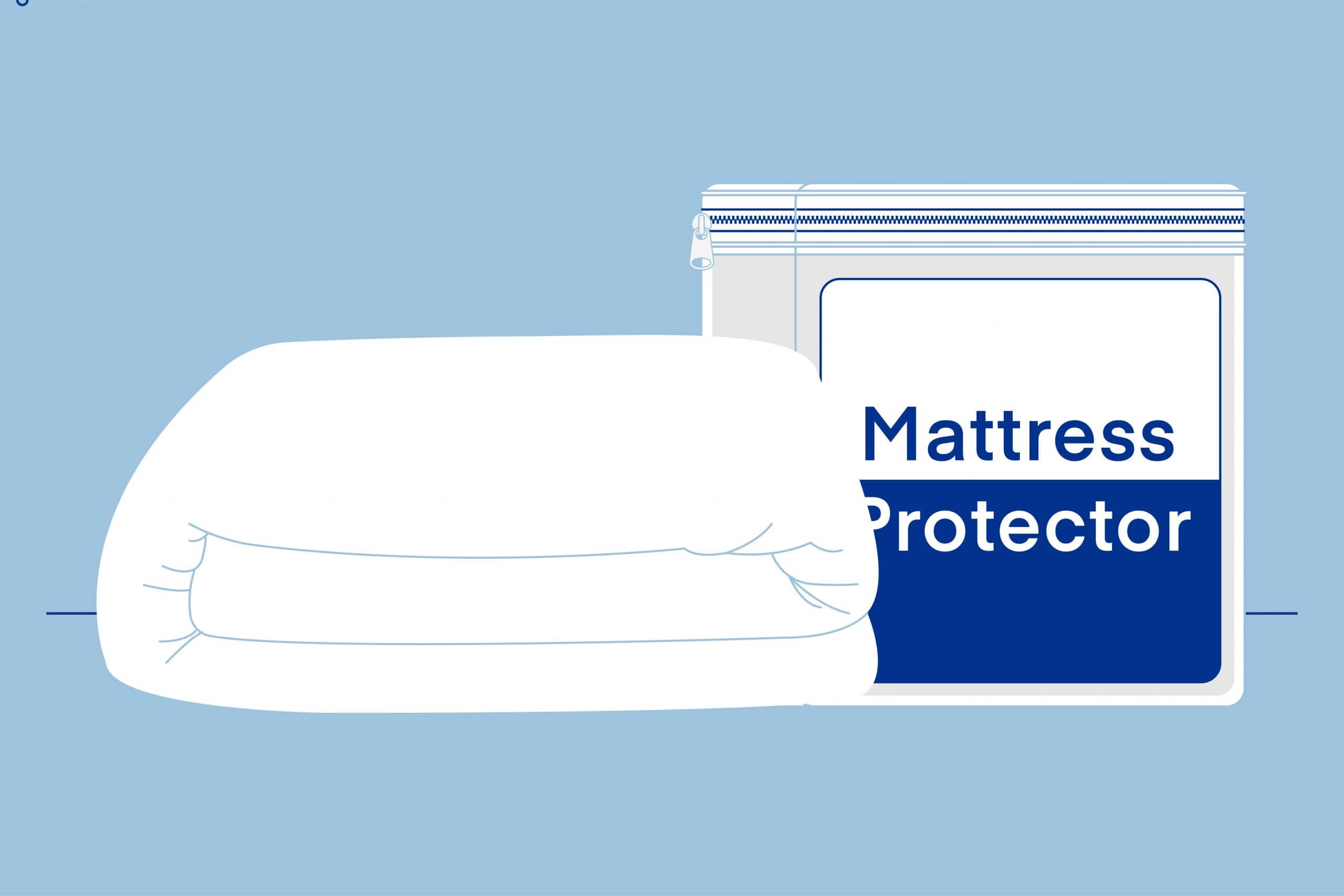 Polyester is a synthetic material that is known for its durability and affordability. It is also resistant to stains and liquids, making it a practical choice for a mattress protector. However, polyester is not as breathable as other materials, which can lead to discomfort for some sleepers. It is also not as absorbent as cotton, so spills may not be fully contained.
Polyester is a synthetic material that is known for its durability and affordability. It is also resistant to stains and liquids, making it a practical choice for a mattress protector. However, polyester is not as breathable as other materials, which can lead to discomfort for some sleepers. It is also not as absorbent as cotton, so spills may not be fully contained.
Microfiber
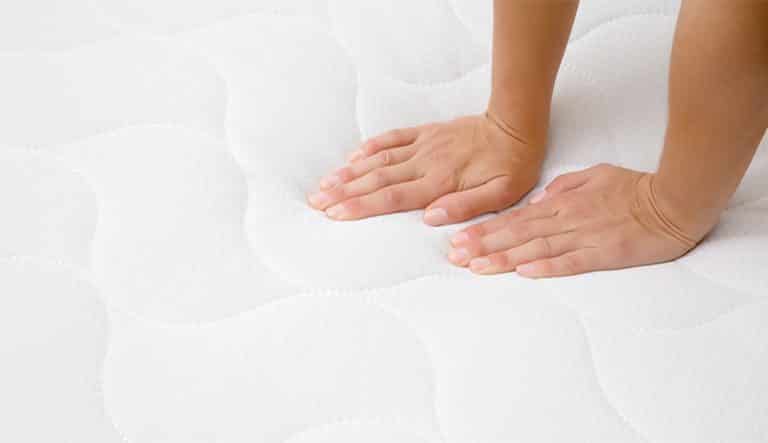 Microfiber is a popular choice for mattress protectors due to its soft and smooth texture. It is made from finely woven synthetic fibers, which makes it highly durable and resistant to stains and liquids. Microfiber is also hypoallergenic and easy to care for, as it can be machine washed and dried without losing its shape. However, it may not be as breathable as natural cotton, which can lead to overheating for some sleepers.
Microfiber is a popular choice for mattress protectors due to its soft and smooth texture. It is made from finely woven synthetic fibers, which makes it highly durable and resistant to stains and liquids. Microfiber is also hypoallergenic and easy to care for, as it can be machine washed and dried without losing its shape. However, it may not be as breathable as natural cotton, which can lead to overheating for some sleepers.
Bamboo
 Bamboo is a newer material that is gaining popularity in the bedding industry, including in mattress protectors. It is a natural, sustainable material that is hypoallergenic and breathable. Bamboo is also highly absorbent, making it suitable for protecting against spills and accidents. However, it may not be as durable as other materials, and it can be more expensive.
Bamboo is a newer material that is gaining popularity in the bedding industry, including in mattress protectors. It is a natural, sustainable material that is hypoallergenic and breathable. Bamboo is also highly absorbent, making it suitable for protecting against spills and accidents. However, it may not be as durable as other materials, and it can be more expensive.
Conclusion
 When it comes to choosing the right material for your mattress protector, it is essential to consider your specific needs and preferences. Cotton is a comfortable and hypoallergenic option, while polyester and microfiber are more durable and resistant to stains. Bamboo offers a sustainable and breathable option, but it may not be as durable. Whichever material you choose, make sure to follow the care instructions to ensure the longevity of your mattress protector. With the right material, you can protect your mattress and get a good night's sleep.
When it comes to choosing the right material for your mattress protector, it is essential to consider your specific needs and preferences. Cotton is a comfortable and hypoallergenic option, while polyester and microfiber are more durable and resistant to stains. Bamboo offers a sustainable and breathable option, but it may not be as durable. Whichever material you choose, make sure to follow the care instructions to ensure the longevity of your mattress protector. With the right material, you can protect your mattress and get a good night's sleep.
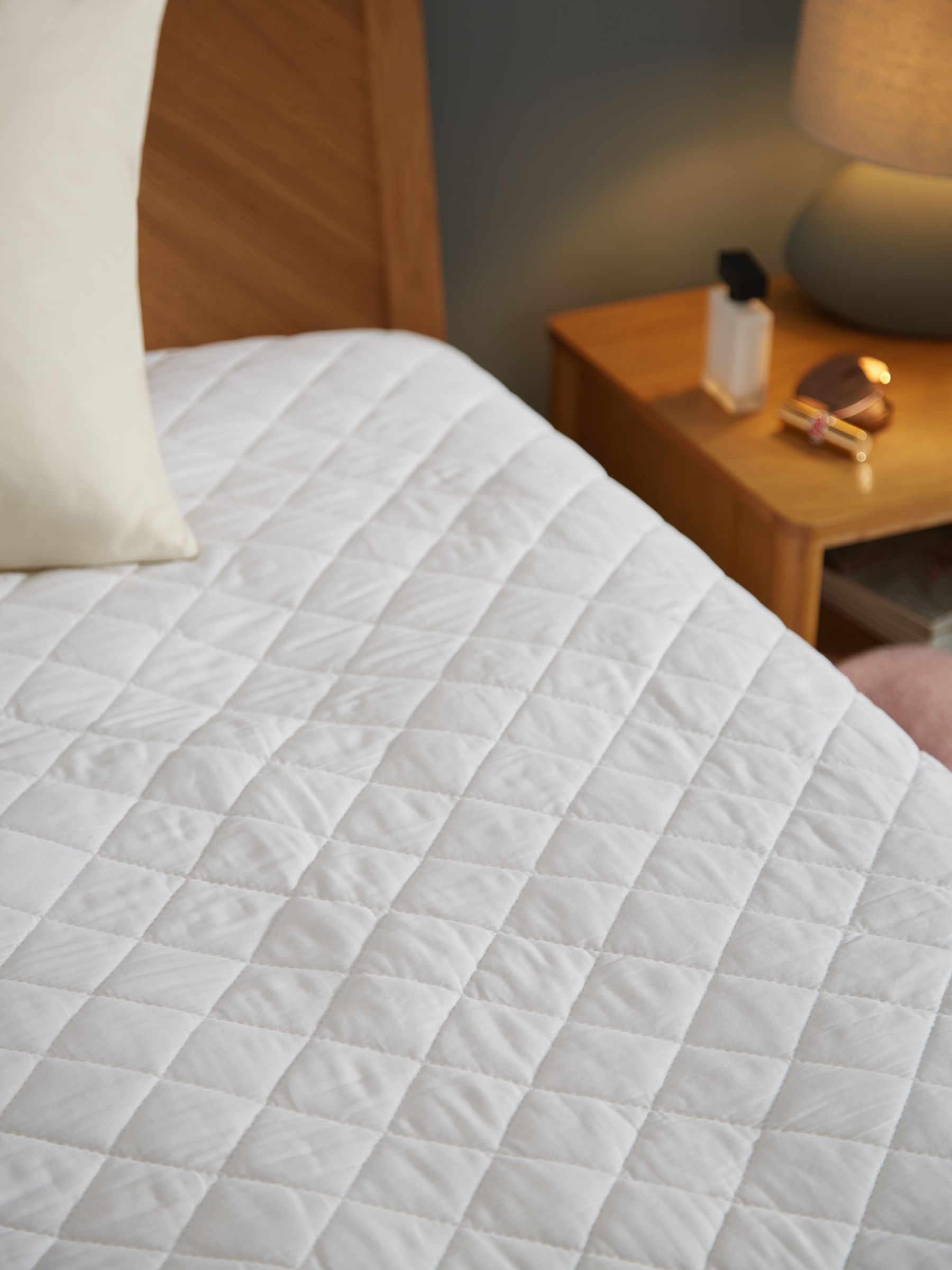
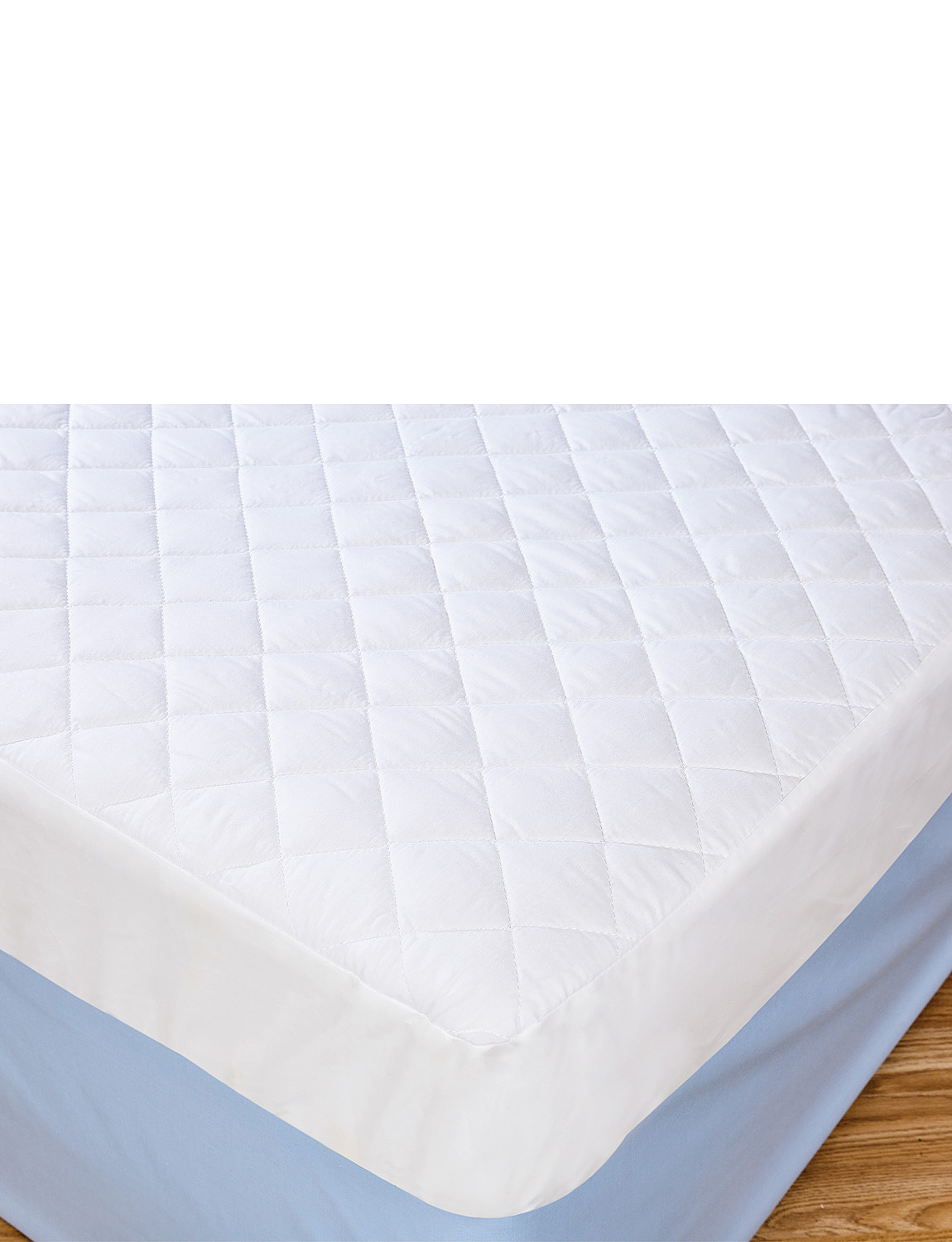






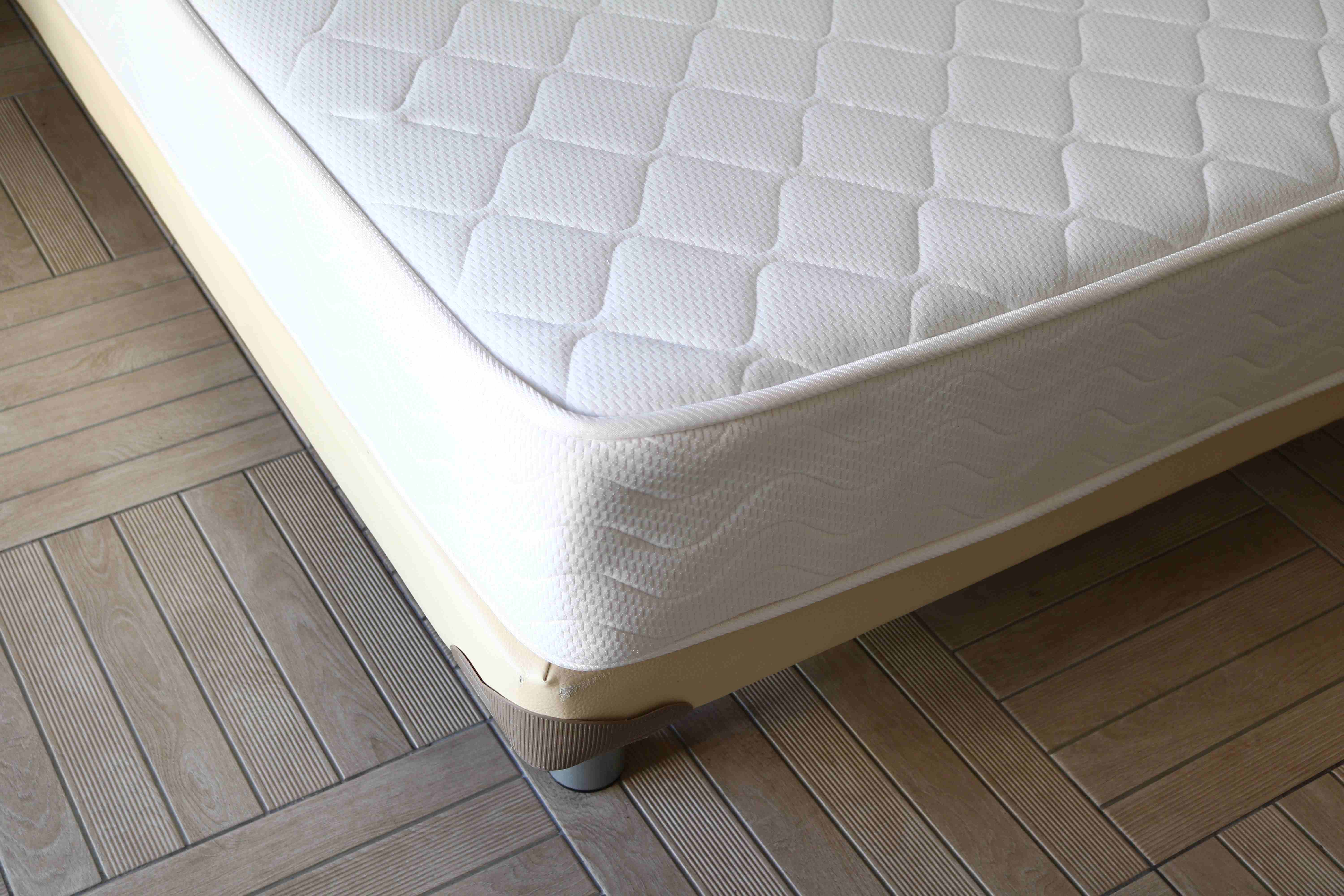
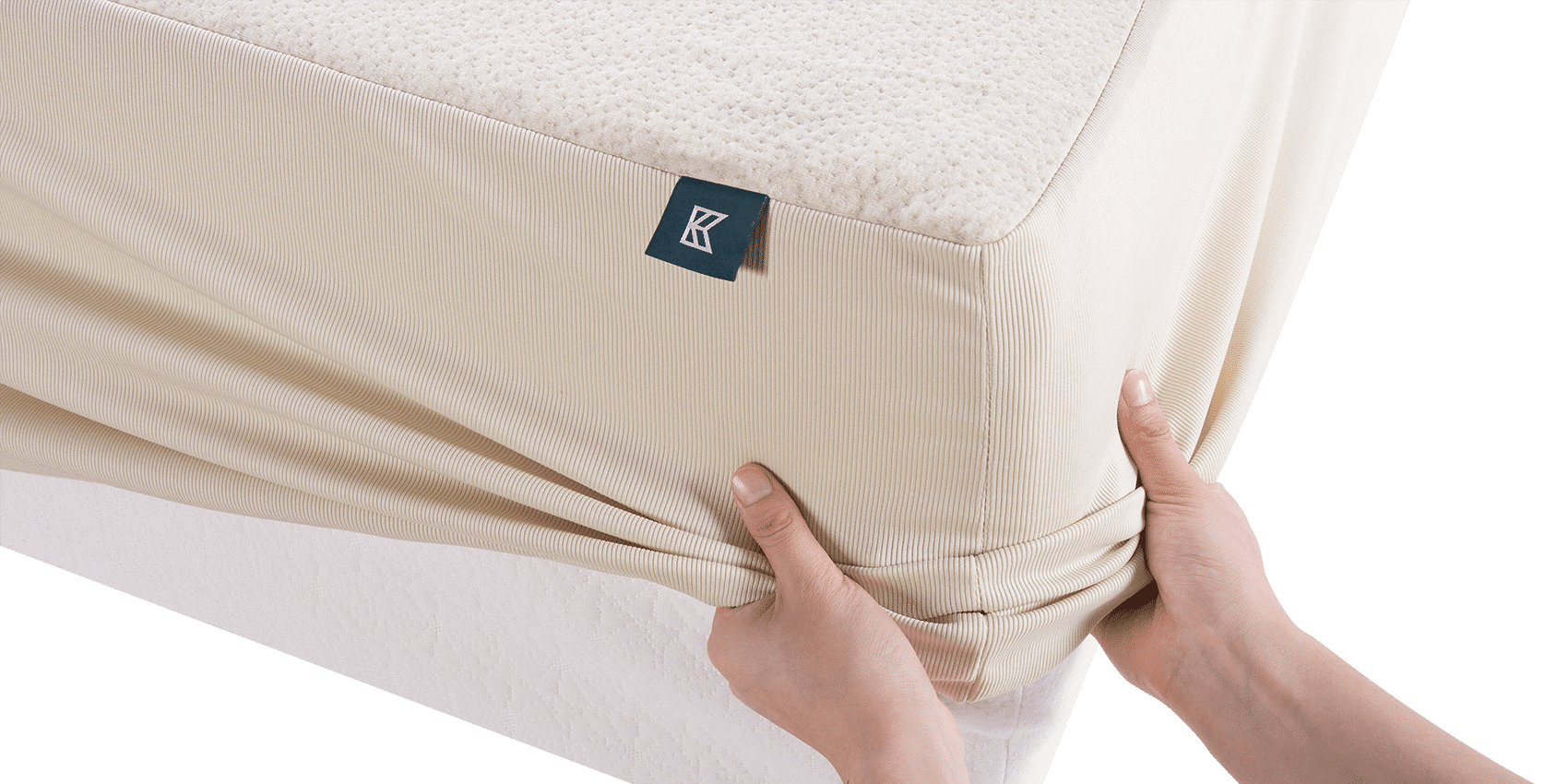




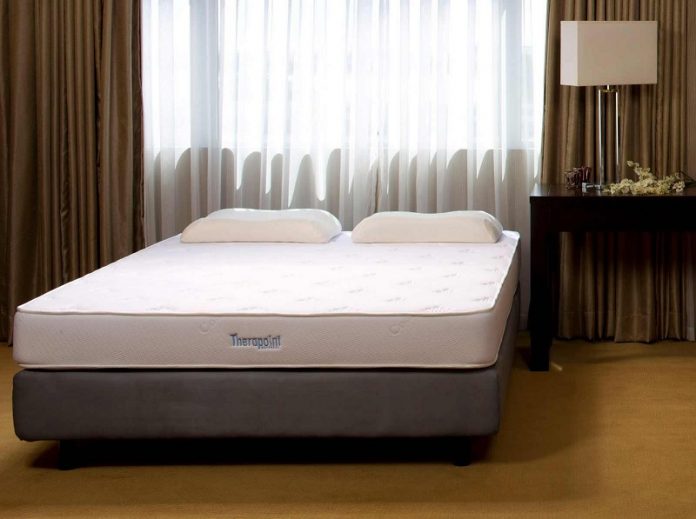



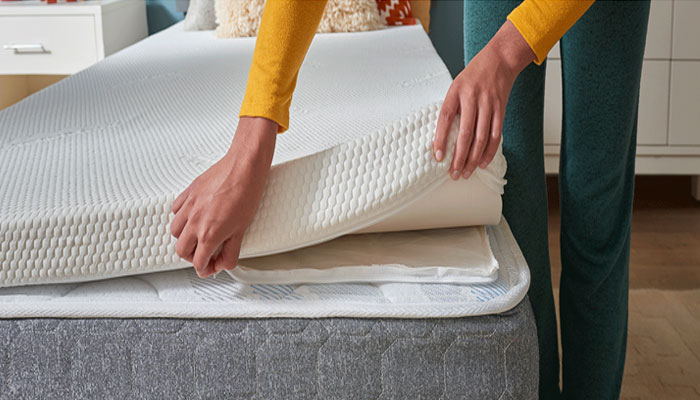
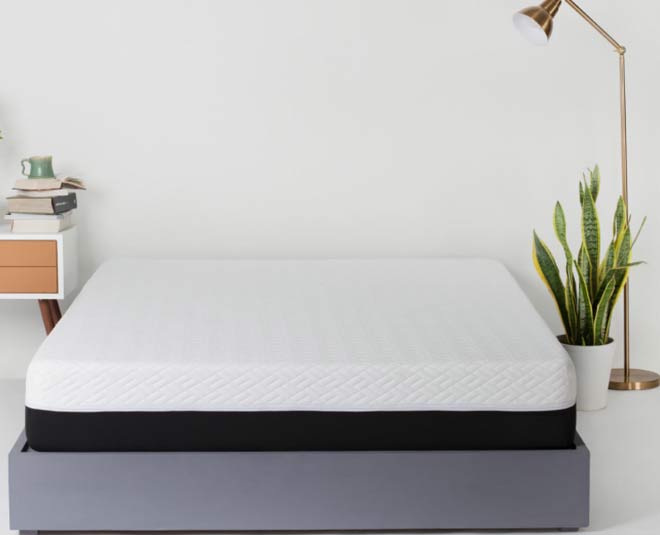
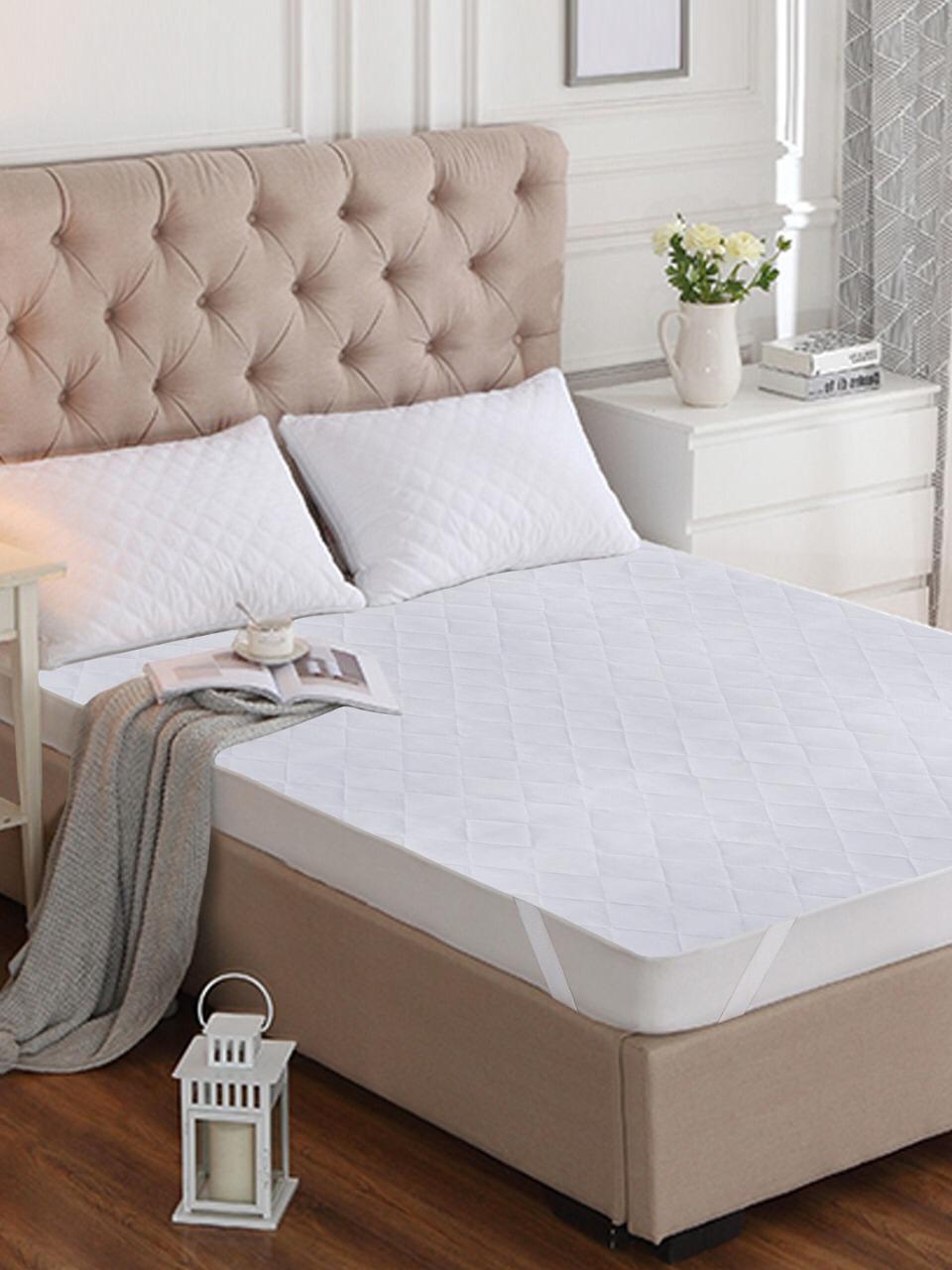



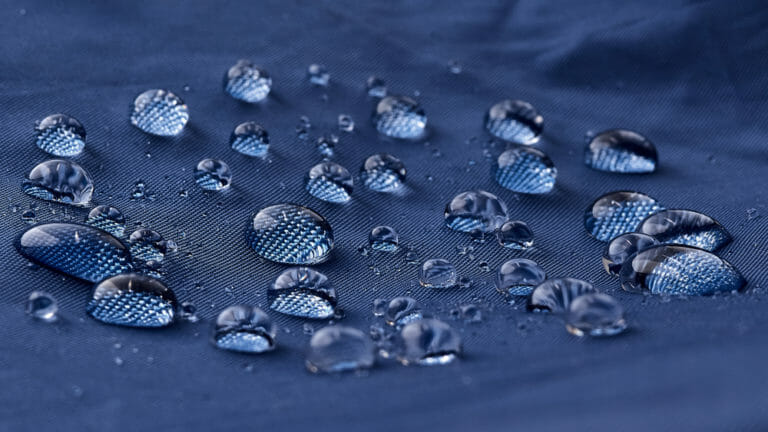


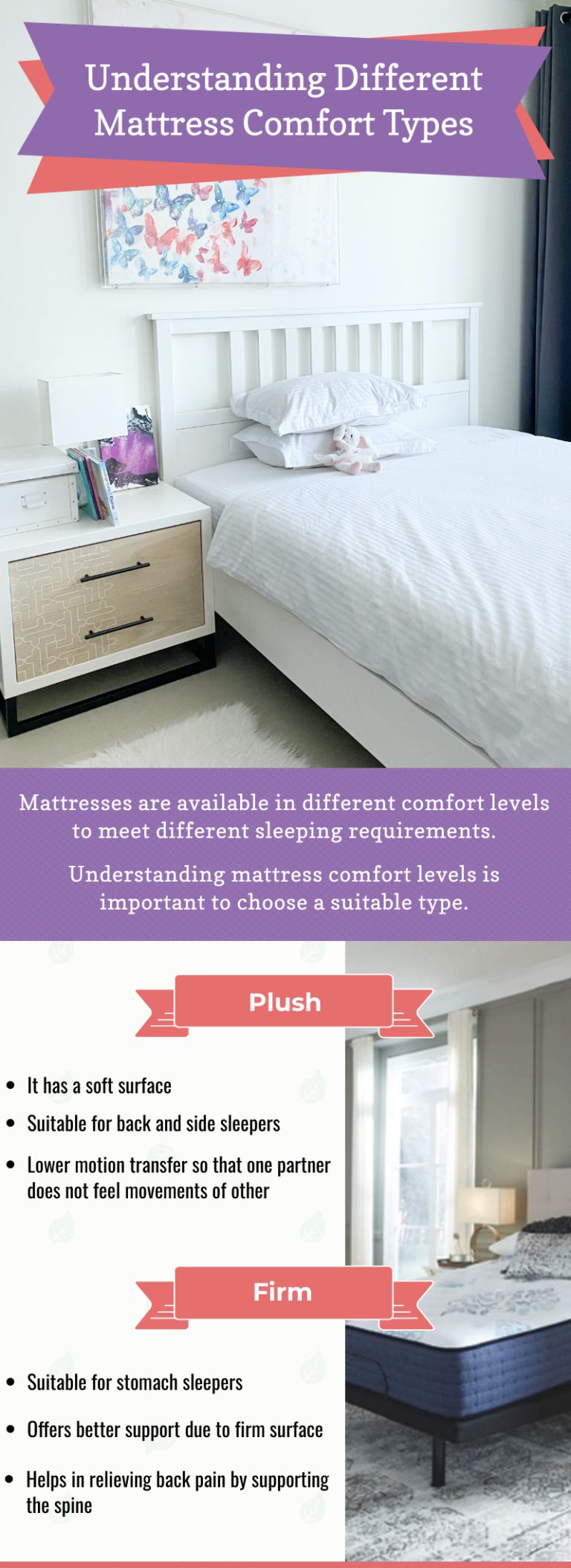

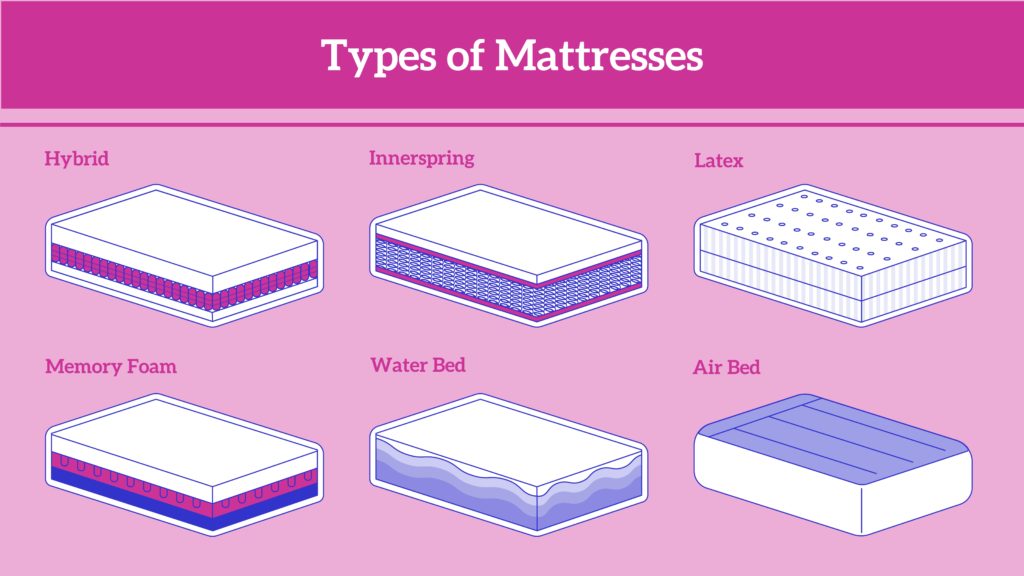
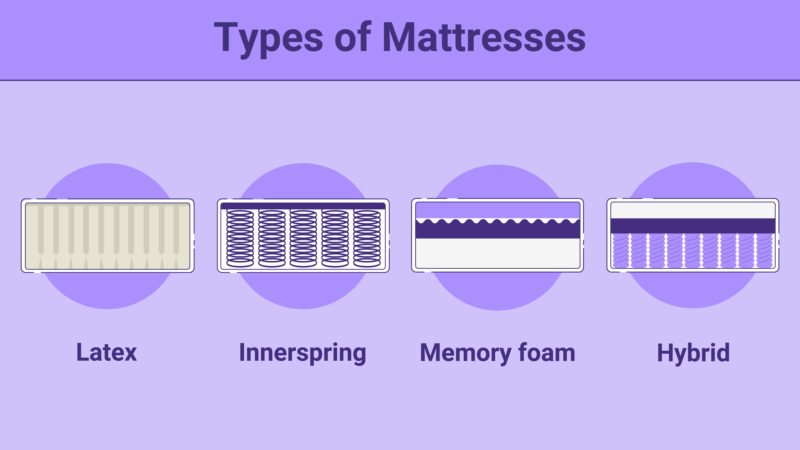
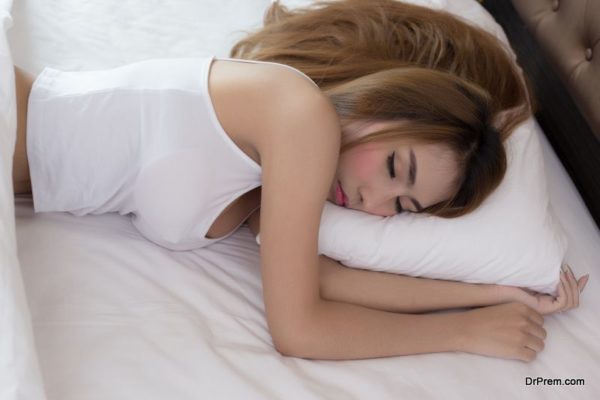
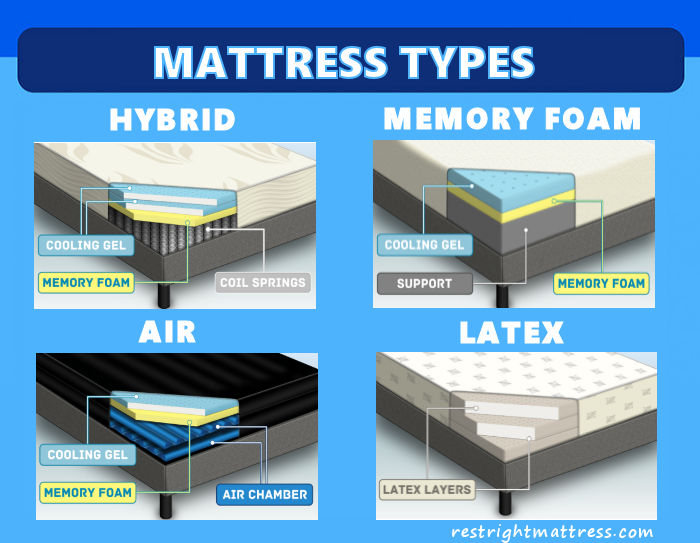



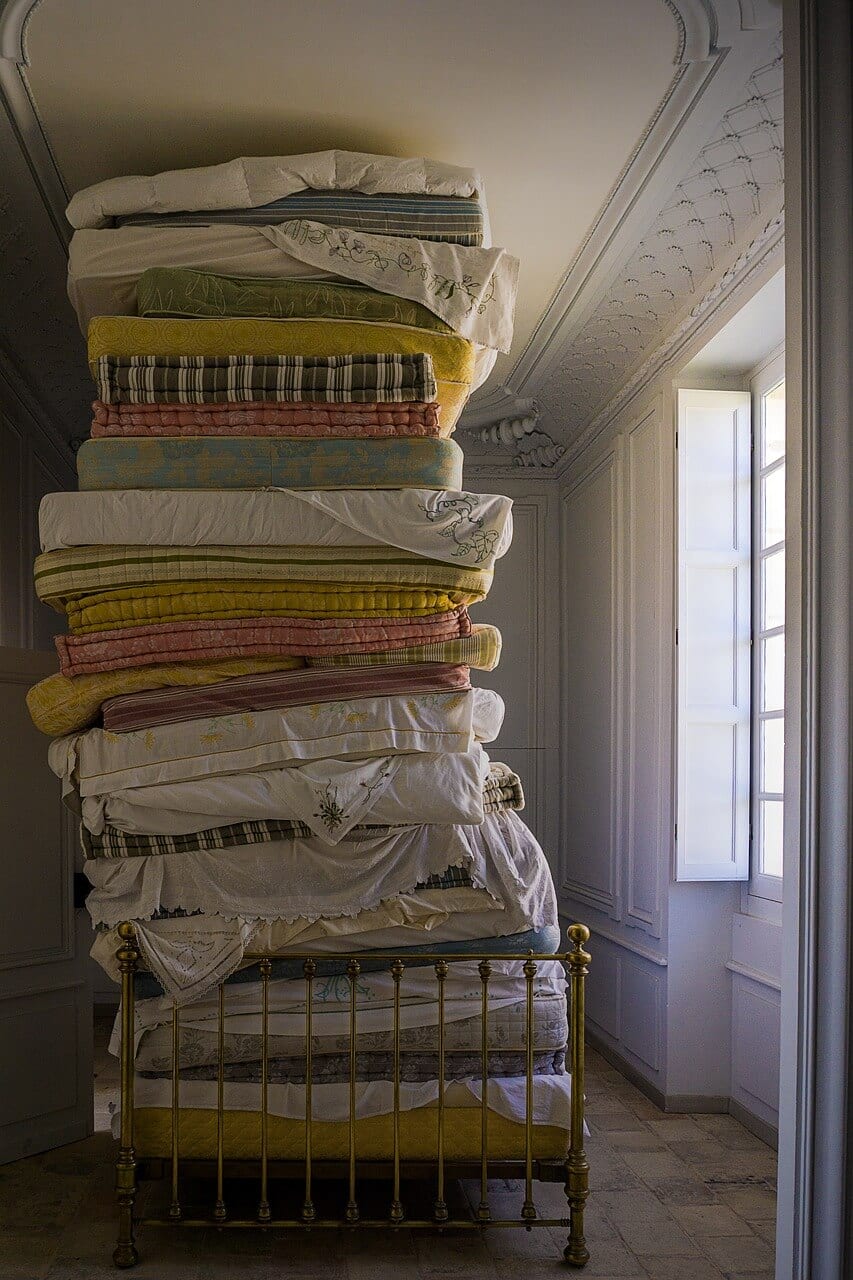


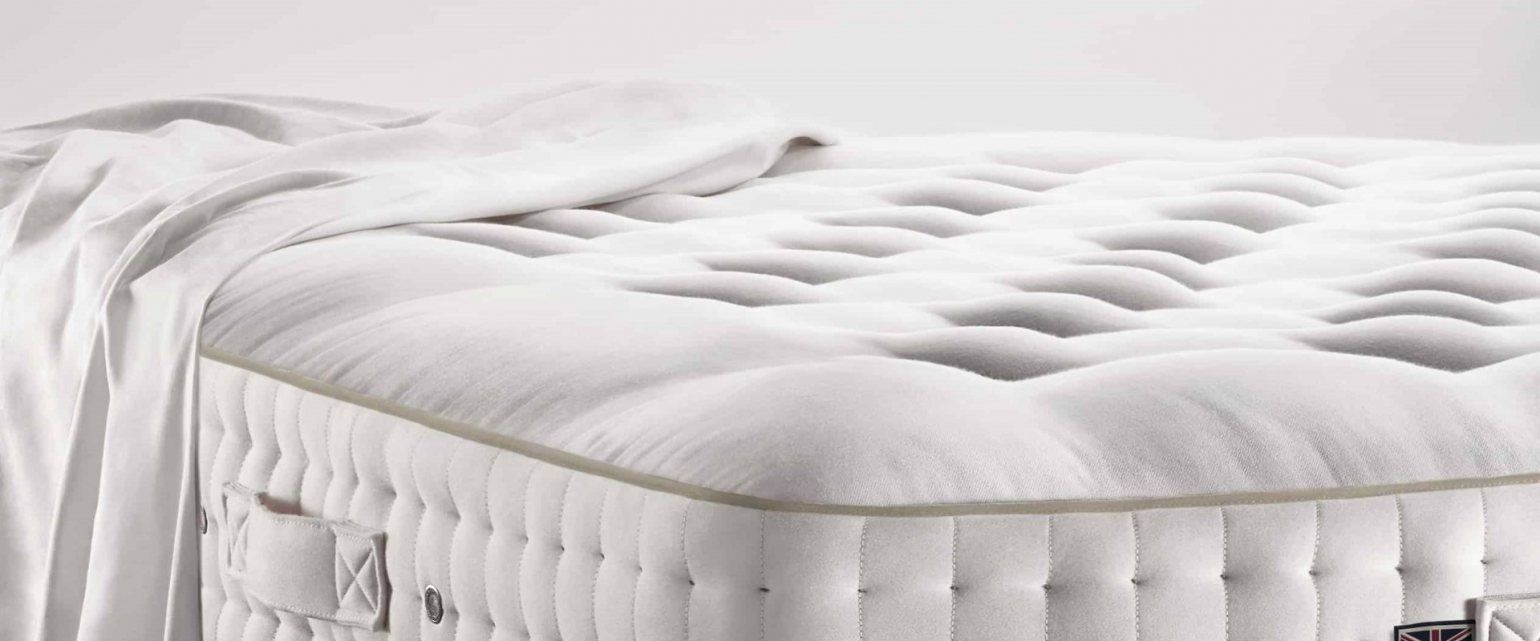
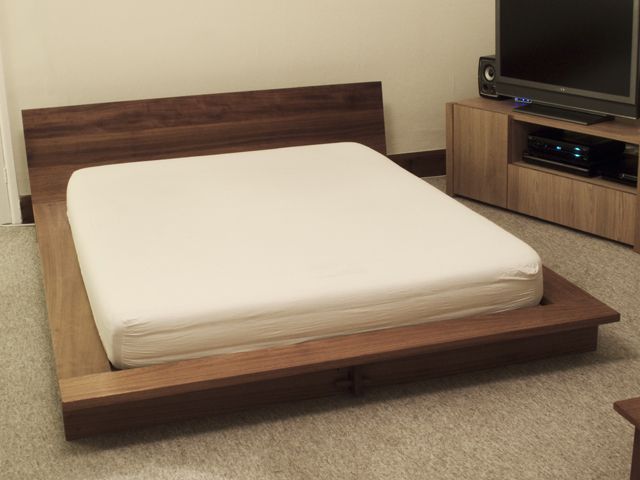



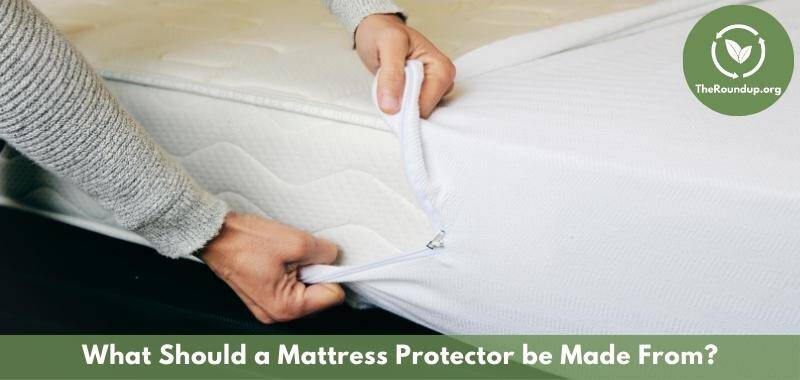




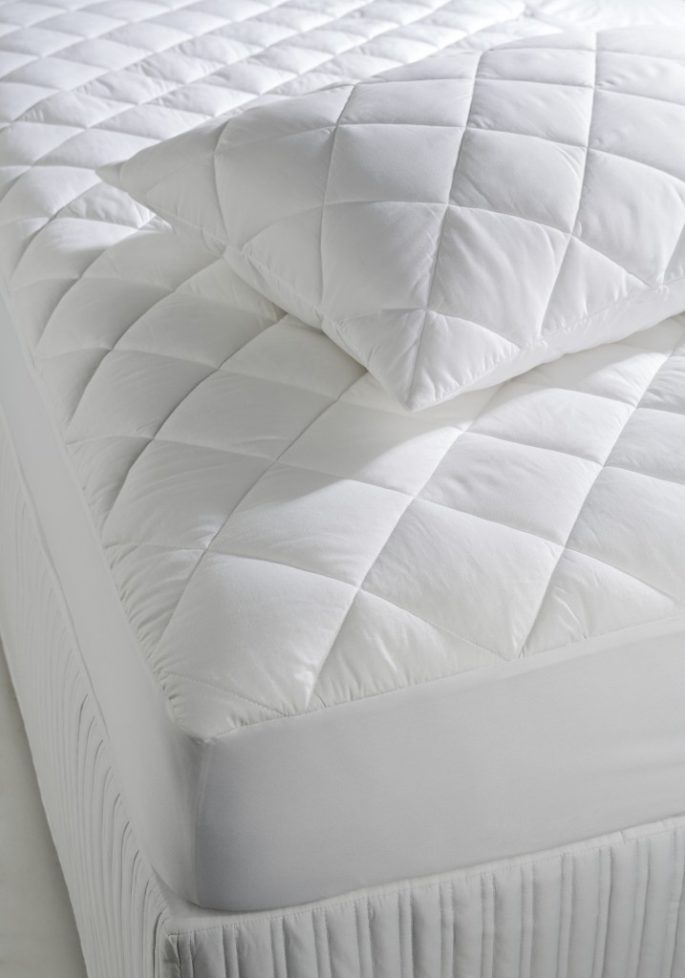









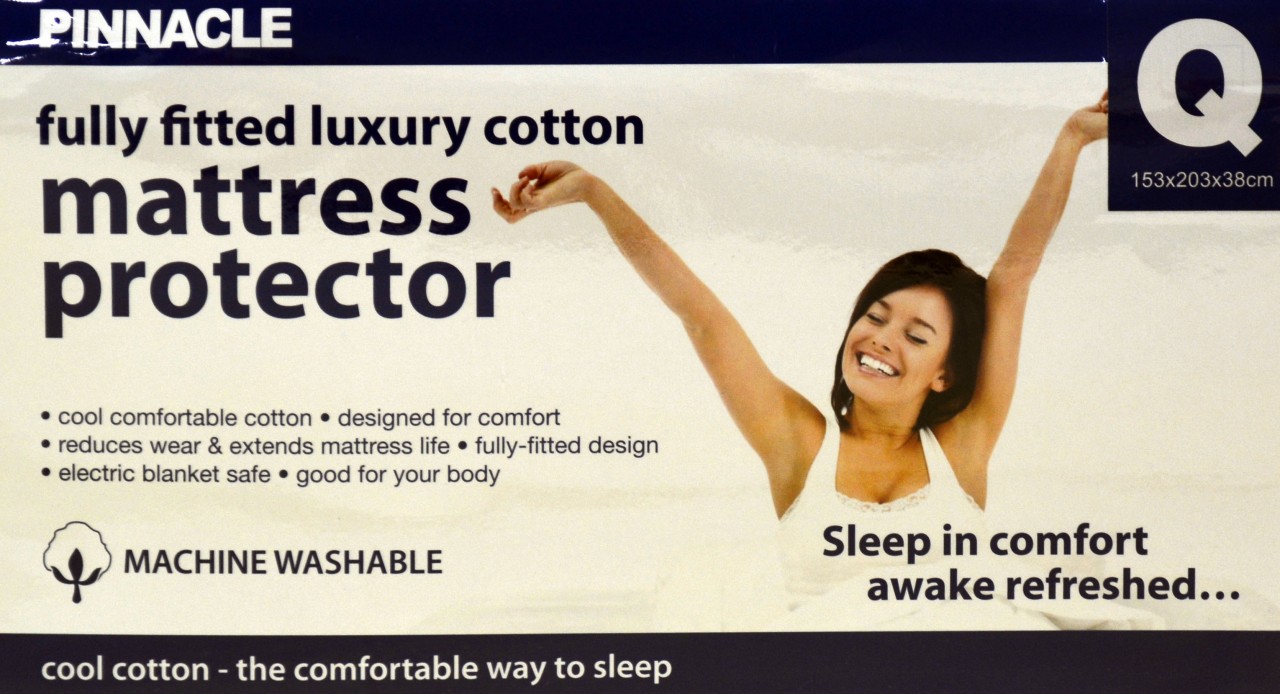



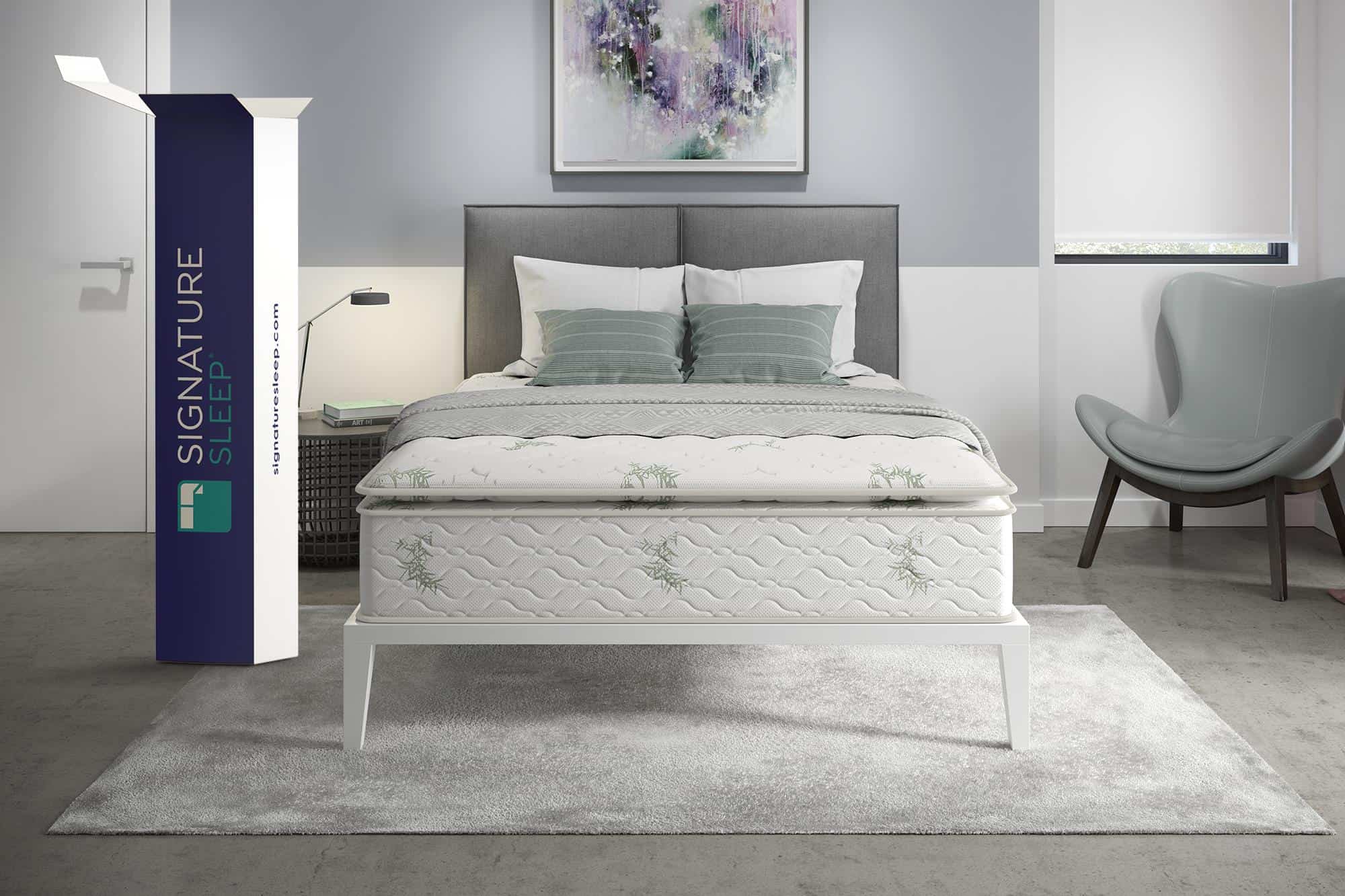


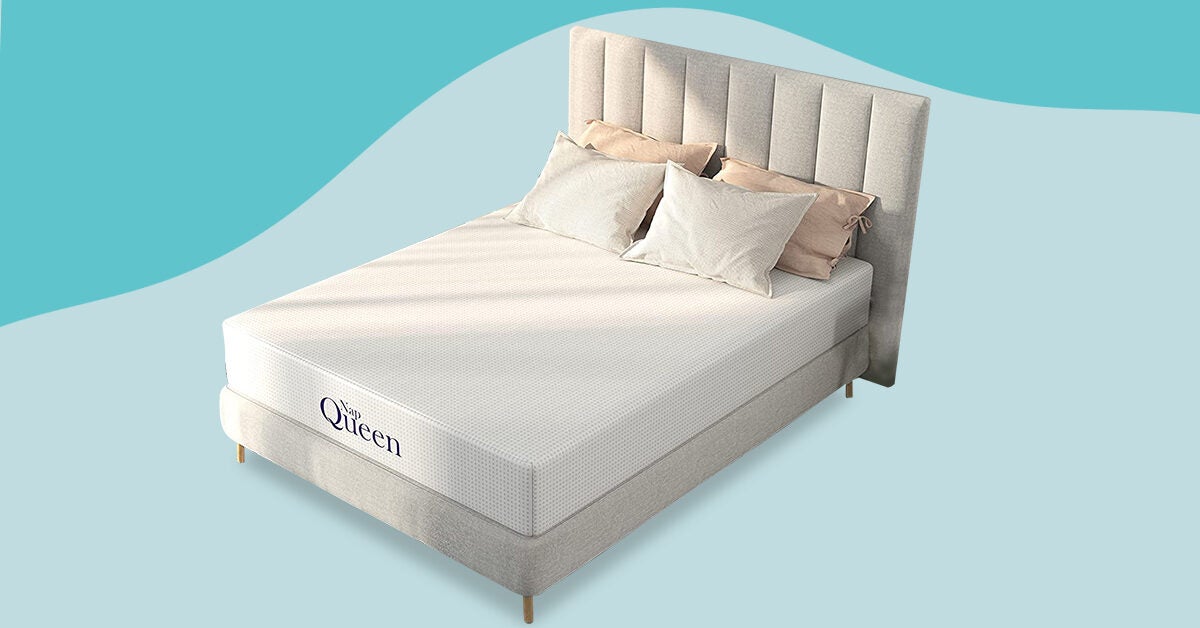

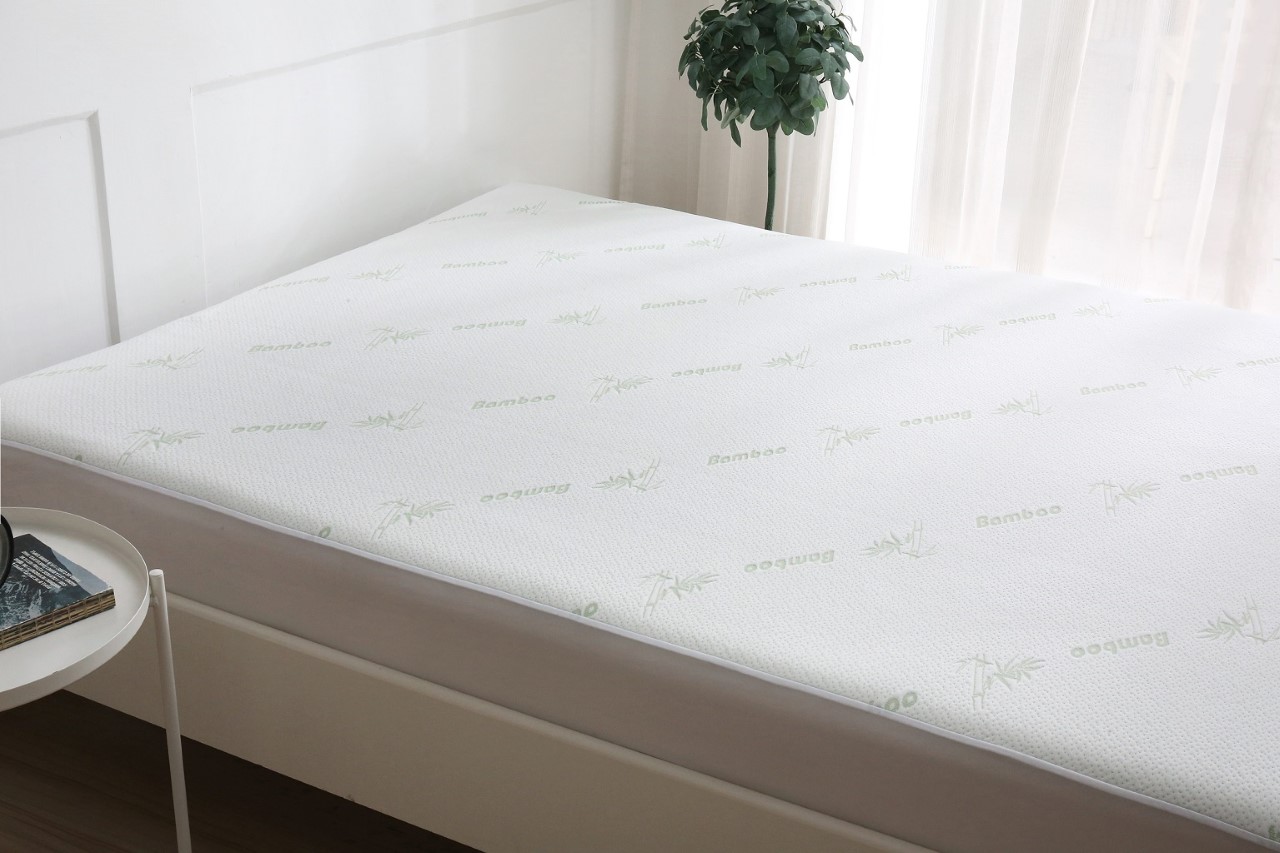

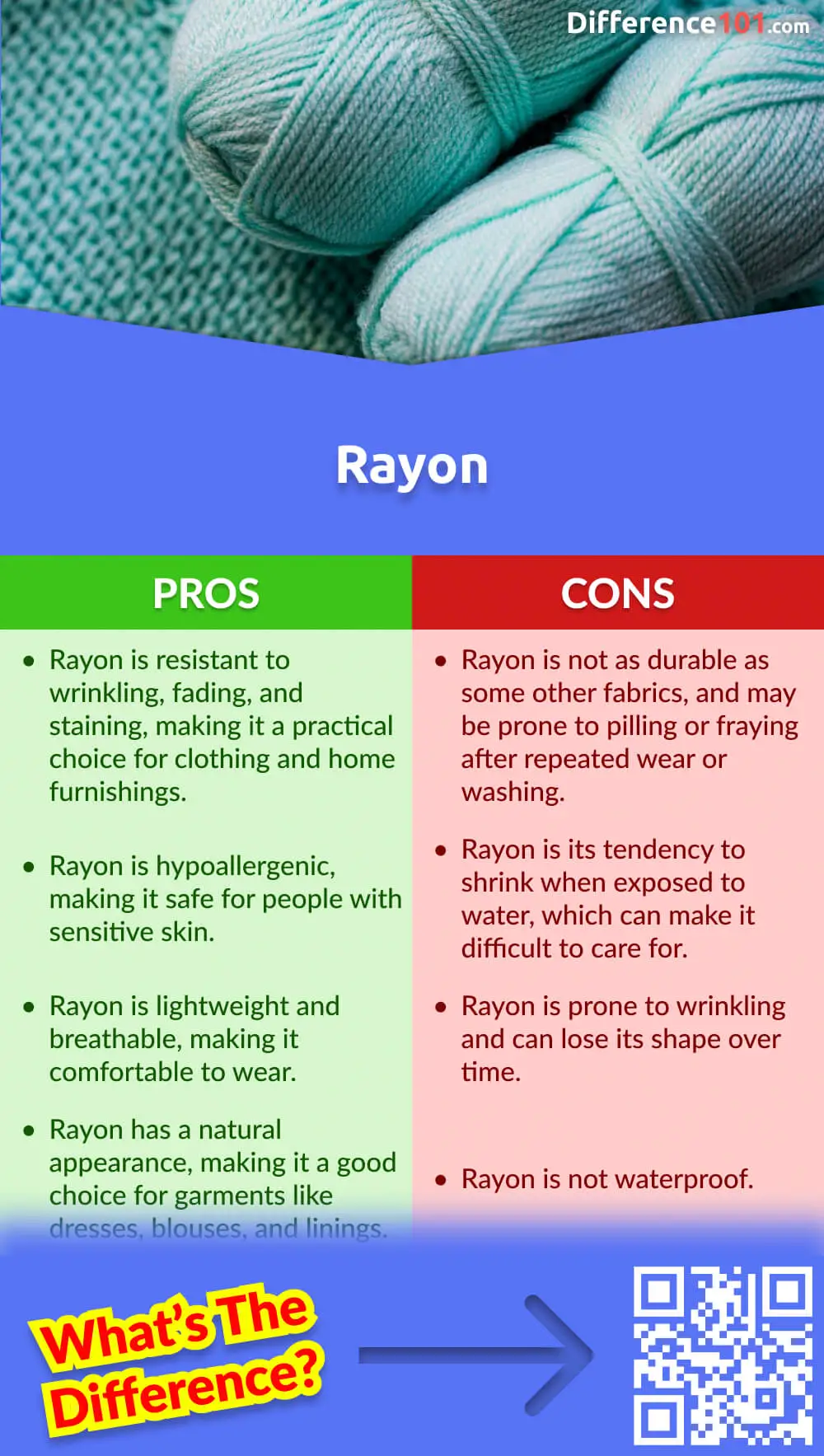




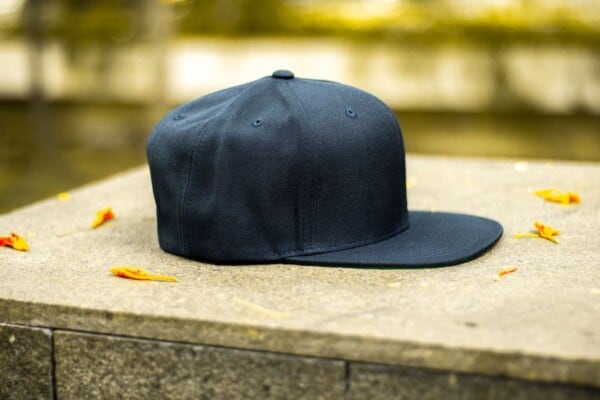


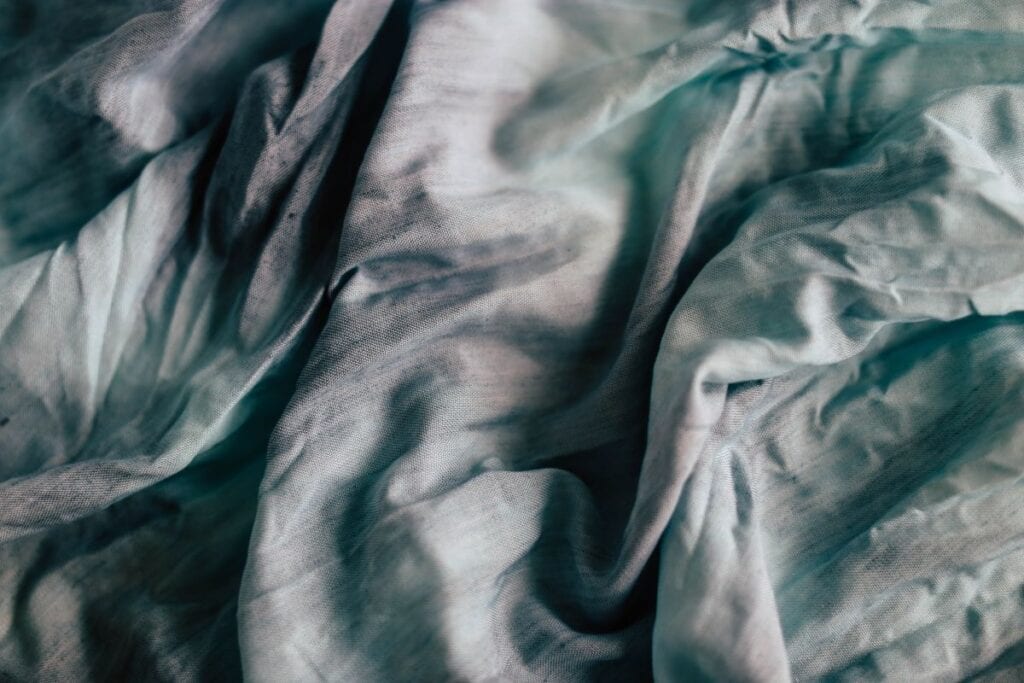




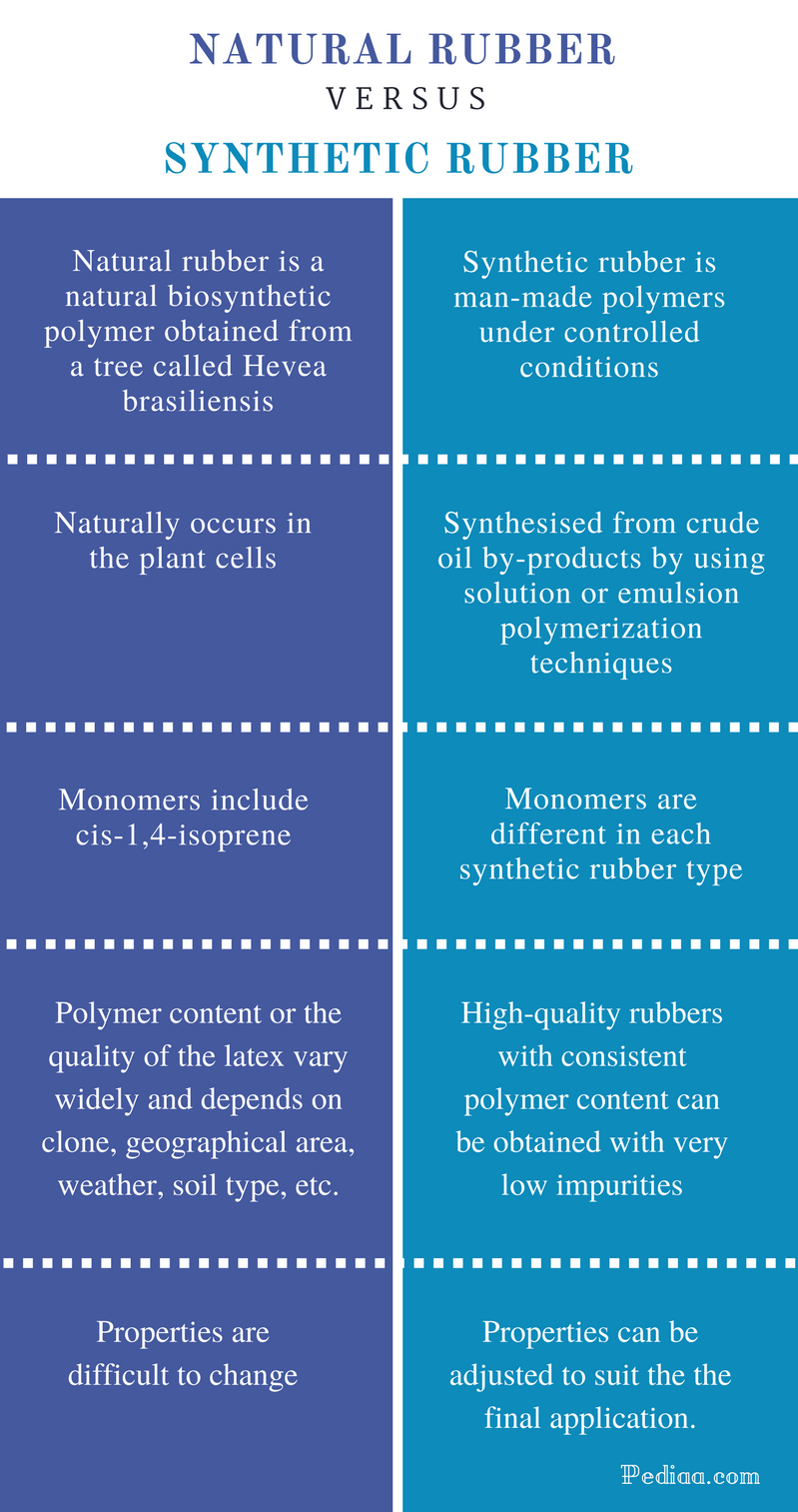

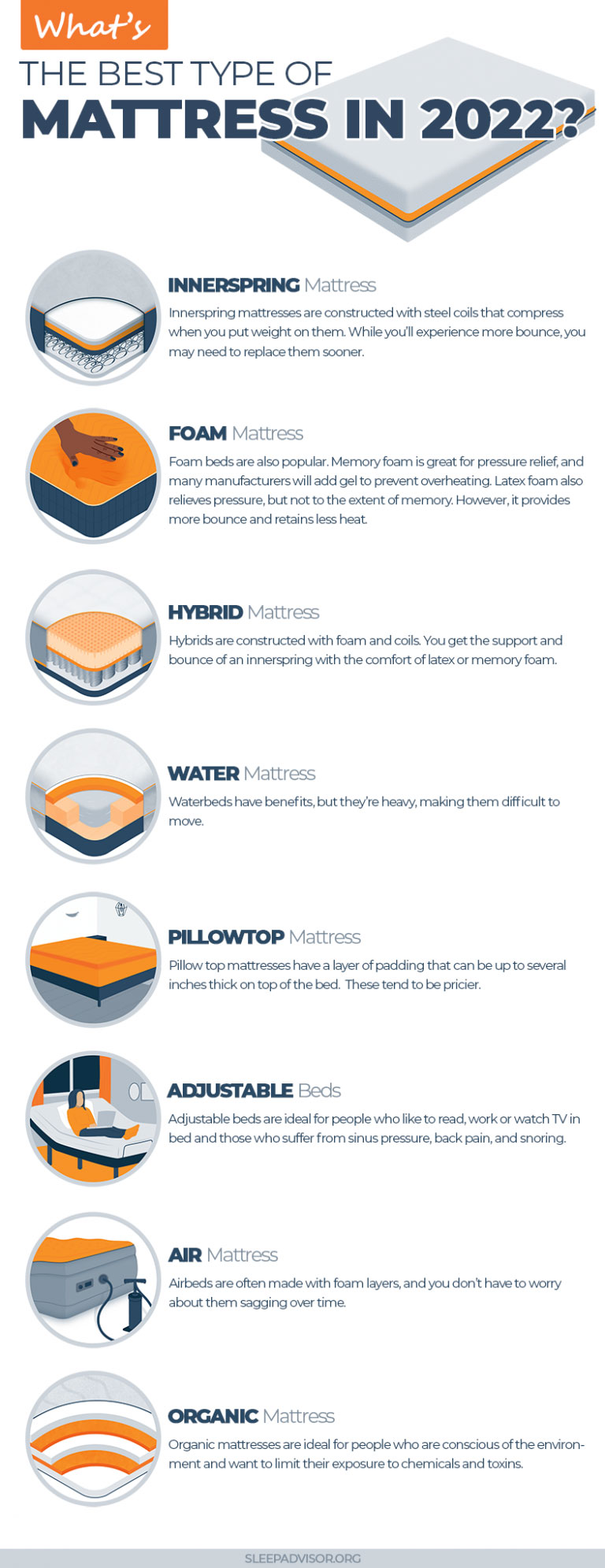


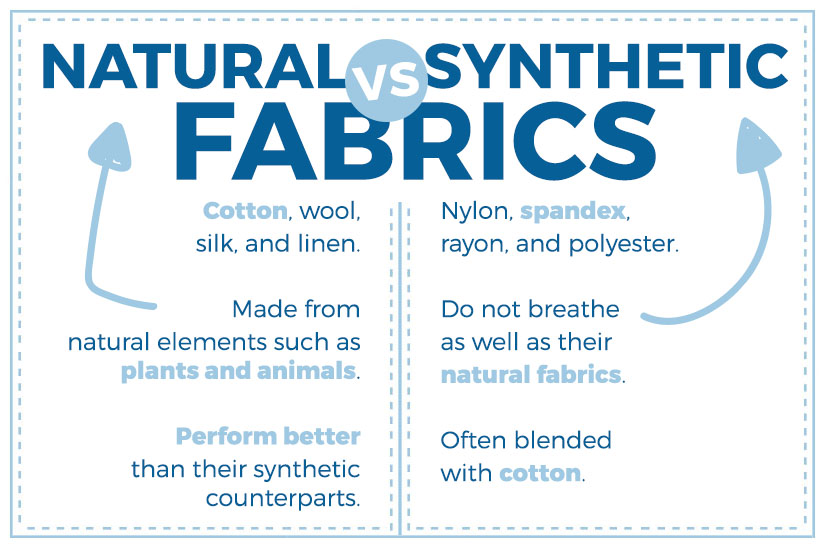





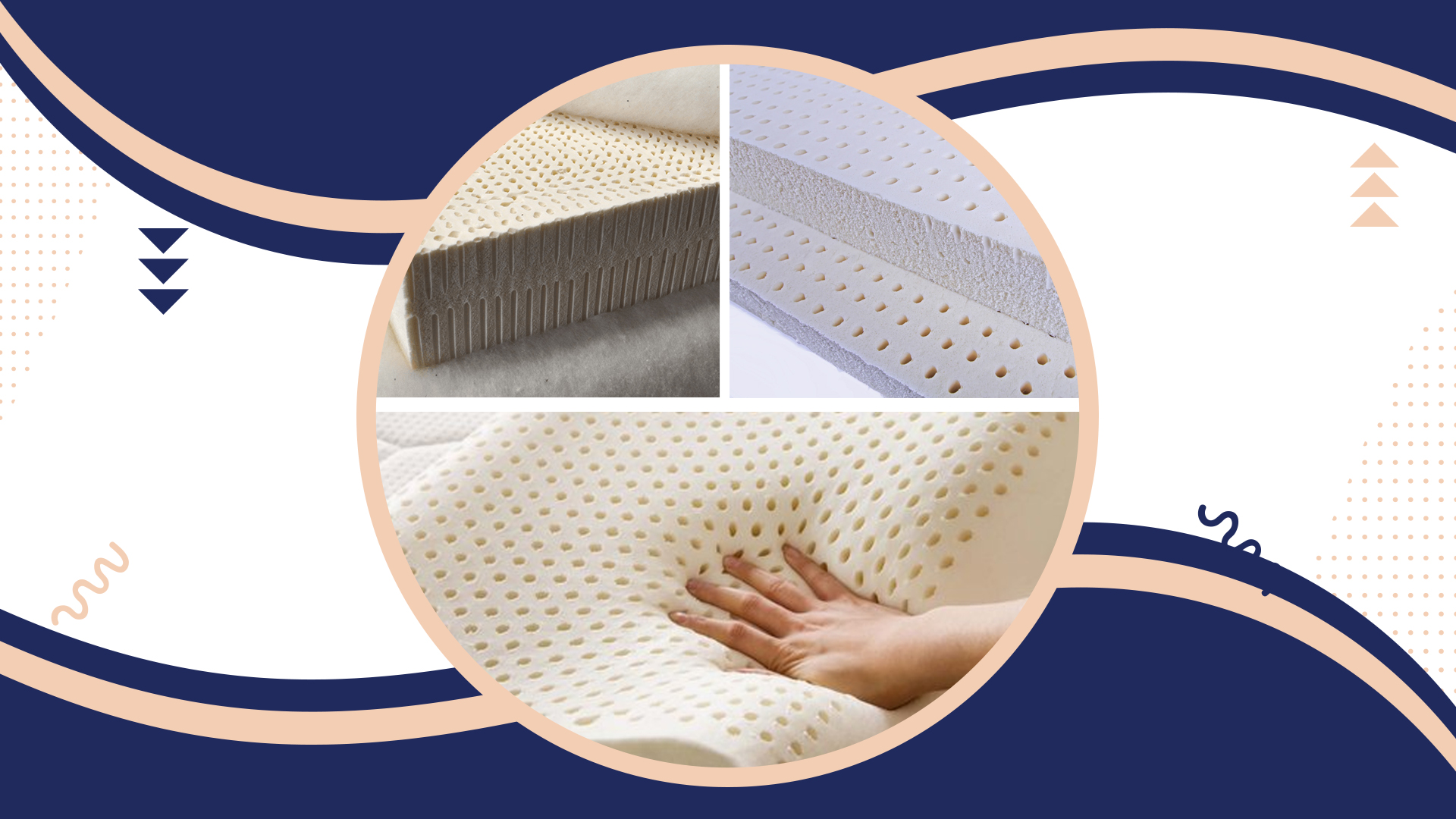






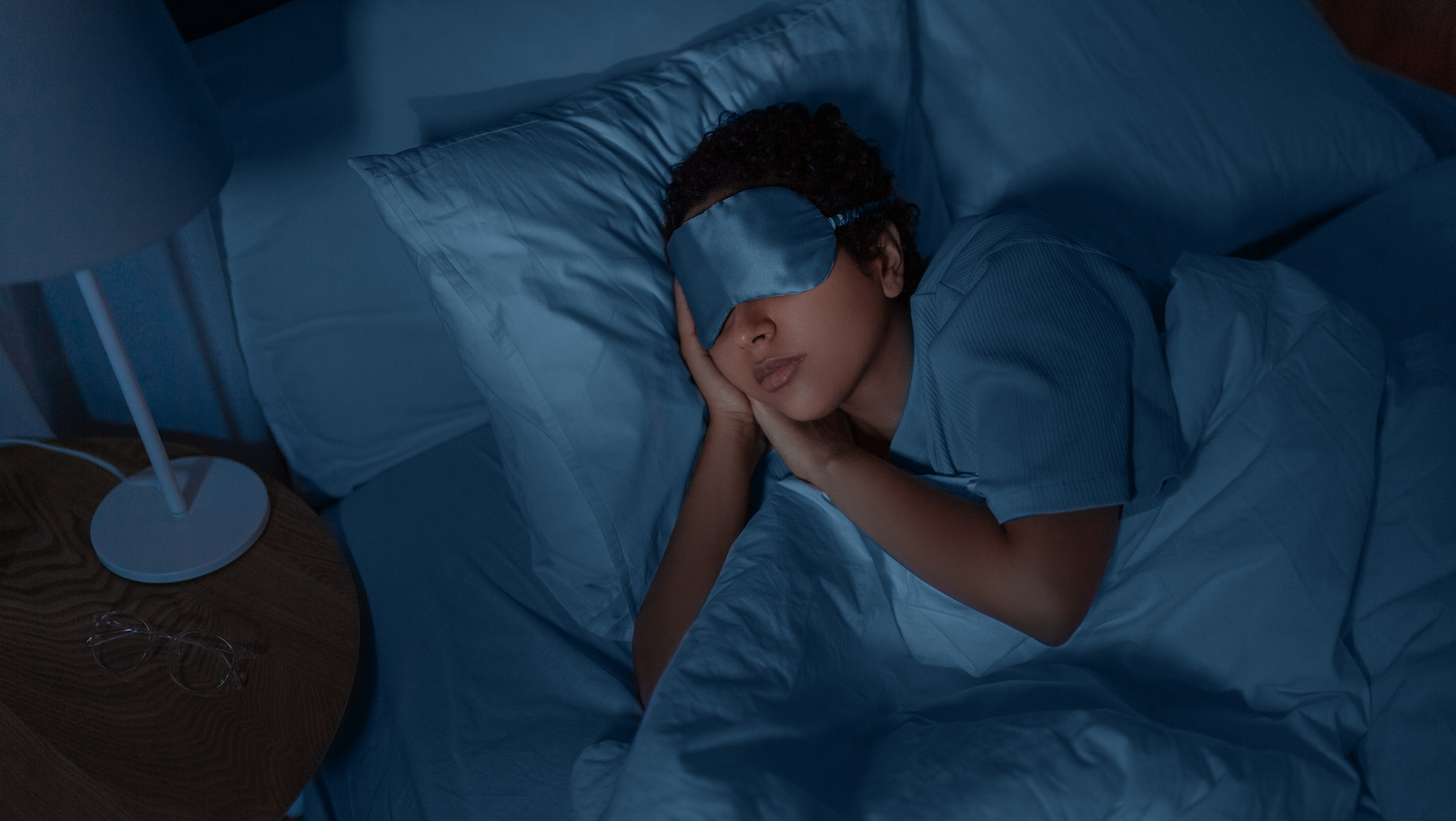
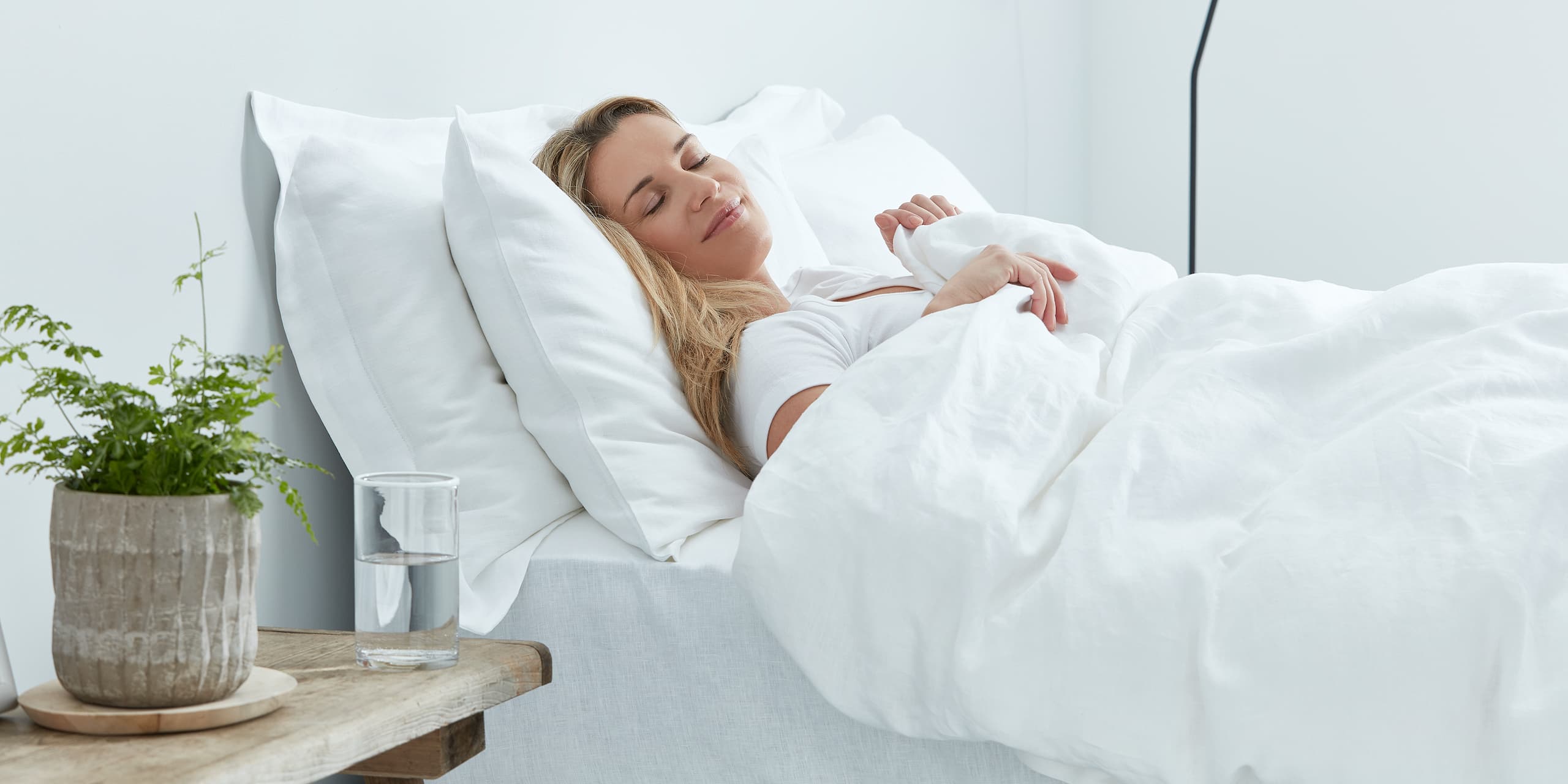
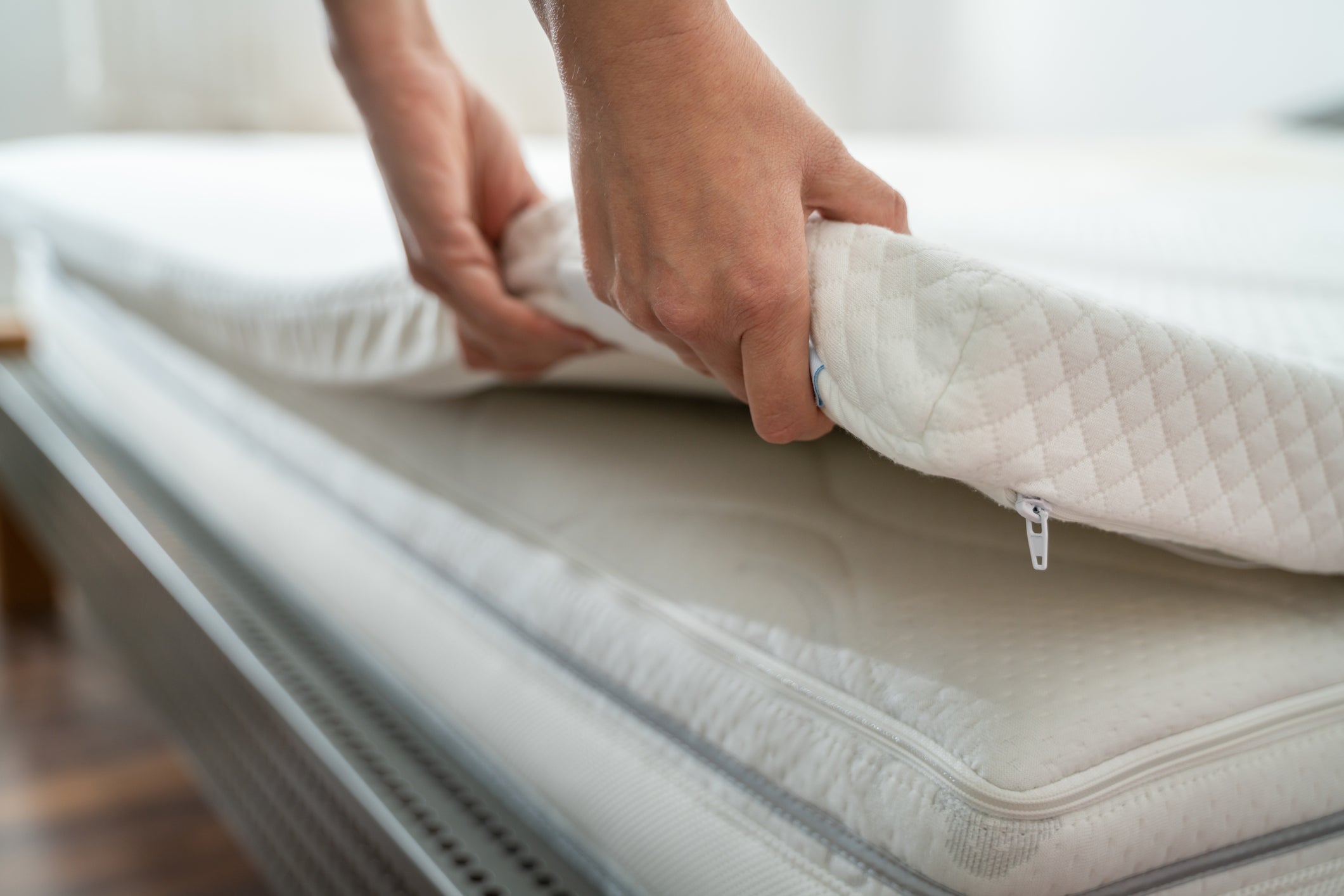




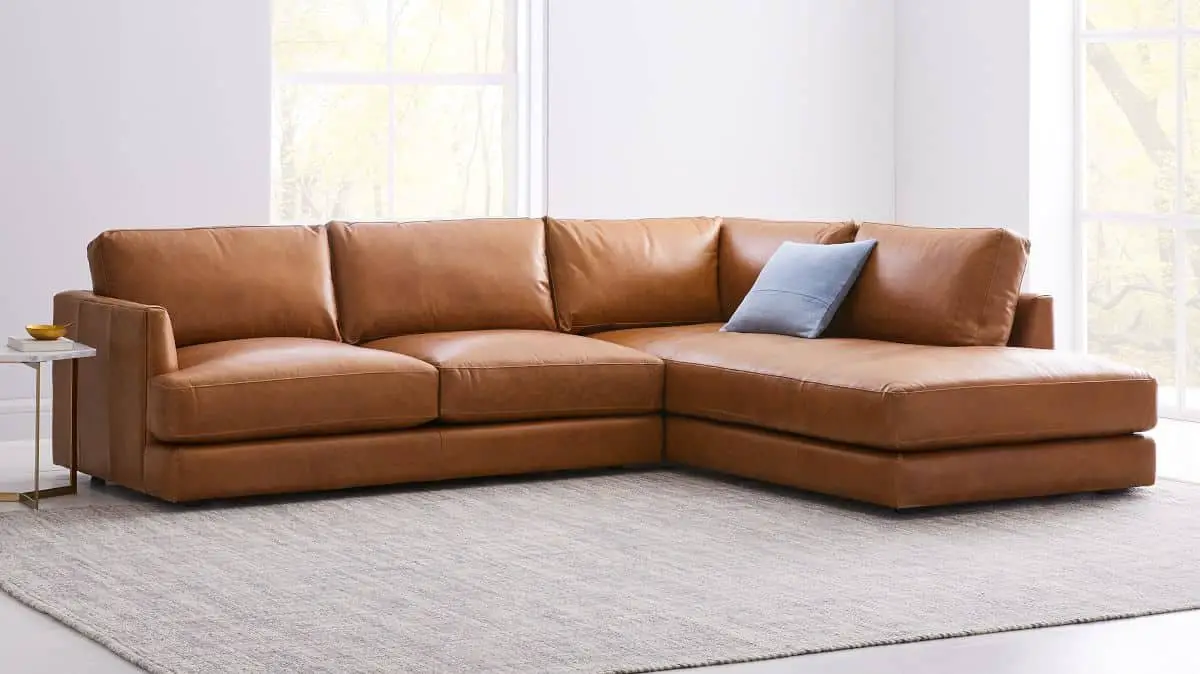


:max_bytes(150000):strip_icc()/blacklaquerdesigns-dfb5832288e34b5c979e125df01bd0d3.jpeg)

